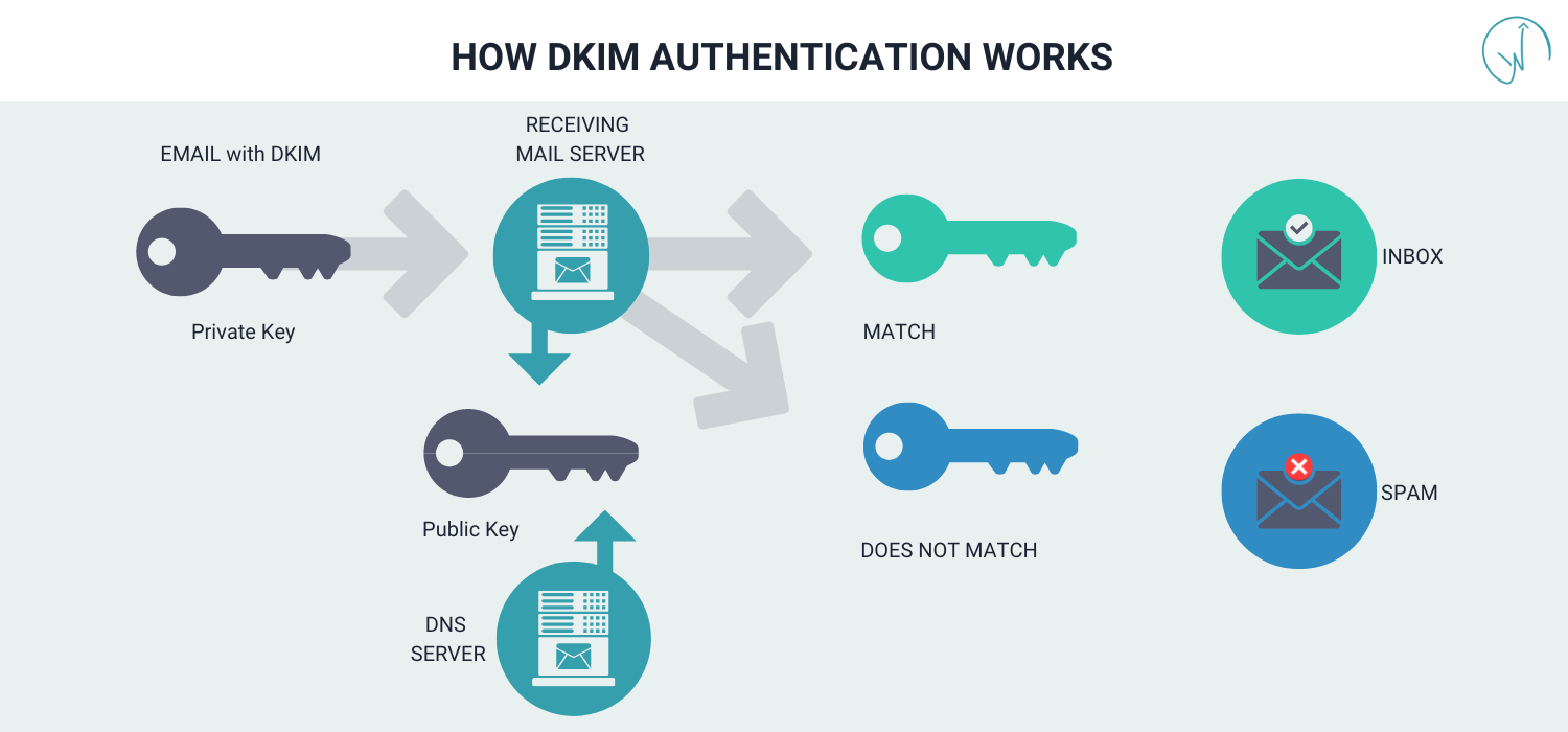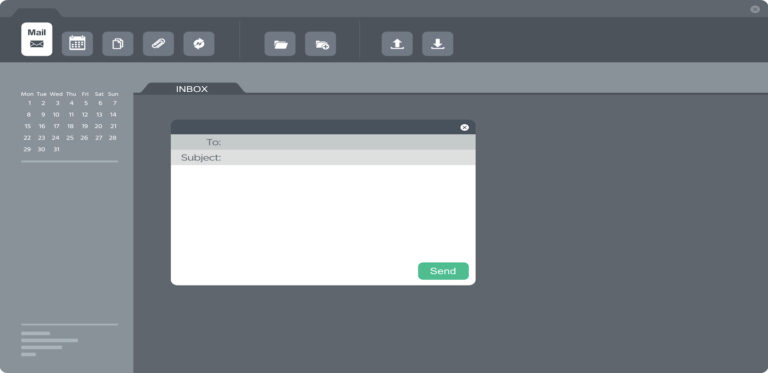Every few months, Instagram comes out with a new update, whether it’s in the app design or a new feature. Sometimes they seem minor and unnecessary, but there’s a reason behind this. Change catches people’s attention and gets them talking, even if it’s subconscious. The same goes for email. You should redesign your emails every quarter—or at least twice a year—and there’s more reason to it than just shaking up the look and feel.
Why You Should Redesign Your Emails Often
Introducing a snide little concept called “fingerprinting,” also called “content fingerprinting” or “clustering.” The fancy way to describe this hits on establishing your sending reputation based on multiple data points. If you’re saying “English, please…” that basically means if mailbox providers (Gmail, Outlook) see a particular cluster of elements that typically signal unwanted email, that email provider will build its own negative reputation of your domain over time. Rude! In an attempt to protect their users, those providers will start directing your mail to their spam folders based on your content alone.
Needless to say, it’s extremely important to regularly redesign your emails and introduce new HTML elements to ensure your email deliverability is in good hands. Since we’re on the topic of email deliverability, let’s really dive into what else goes into it. While design is a big factor, it’s not the only one.
Technical Email Identification
Other than what meets the end user’s eye, there are elements that you can control in your email that are not design-centric to ensure your email lands safely in your recipient’s inbox. Think of your Gmail inbox and the labeled tabs at the top: Primary, Social, and Promotions. Gmail disperses emails to these tabs based on backend “hints.” How does Gmail “read” these emails and send them to the correct tab (or spam folder)? Here are the key elements that help email providers decide what to do with an email.
- Domain Name: You’re likely most familiar with this identifier. It’s the text of any sender name that comes after the “@” sign in an email address. Spam messages that make their way to your inbox are usually unmasked through a gibberish-looking domain name. If this domain name is a brand or store name, Gmail knows to send it to the “Promotions” tab.
- IP address: You won’t see this as easily as the domain name, but anyone can view an email’s IP address by right-clicking. Email providers can identify a friendly face or foreign foe based on this number.
- DKIM: These last two get a little more technical, but stay with us! Using a DKIM signature is another element that is in the backend of emails. Think of this as a custom code that’s attached to certain senders and identified by email providers. These are usually tucked away in email headers and/or signatures. An example of one that we’ve seen from Salesforce is X-SFDC-User. See how DKIM authentication works below.

- SPF authenticated return-path address: Our mind is often wandering to a beach vacation, too, but this SPF is not the one that protects from UV rays. This SPF stands for Sender Policy Framework. Think of this as your domain’s gatekeeper. An example of SPF in action is when you sometimes reply to an email and get a bounce back, or get notified of delivery issues (this is what “return-path” is referring to).

Design and Content Tips for Deliverability
Email Template and Design: While these changes can be viewed as turnkey, we meant it when we said redesigning your emails every quarter helps tremendously with deliverability. Here’s 3 action items to change right now:
- Don’t hide or forget your unsubscribe button. Most email tools (Klaviyo, for example), will let you know if your unsubscribe link is not working or not visible. Omitting this affects deliverability and upsets potential unsubscribers. Not to mention, an unsubscribe link is required for marketing emails according to CAN-SPAM laws.
- Make your emails easily recognizable by putting your logo in the header
- Good Subject Lines: While we love a clever hook as a subject line, there are times when not being direct can backfire. Make your subject line clear in the way that customer’s know what they’re going to get when they open it. If an email provider senses a cryptic message, they might send you to spam.
Story Time
Recently, there was a brand that received backlash after making their subject line “Thanks for your order!” even though those customers had not ordered. Their goal was harmless and the same as ours: to garner email opens. Instead, they spurred a small sense of panic in their customers. People were saying, “Wait, I didn’t order anything,” and thinking their credit card or identity was out in the open. The brand quickly released an apology email and received many “Marked as spam” reports from that email alone. Yikes!
In Conclusion: Redesign Your Emails!
It would be nice to design your email program once and let your scheduled emails fire off every so often. But if email marketing was that easy, we’d be out of the job. And a lot more brands would be making huge ROI on their email programs. Although it seems like a lot, making these small tweaks to your email program can hugely impact your deliverability and establish trust in your list. Follow us on Instagram and LinkedIn for more tips on how to redesign your emails and land in the top inbox spot—every single time.



Pingback: The Importance of Systems in Email Marketing Programs - Wayfinder Digital